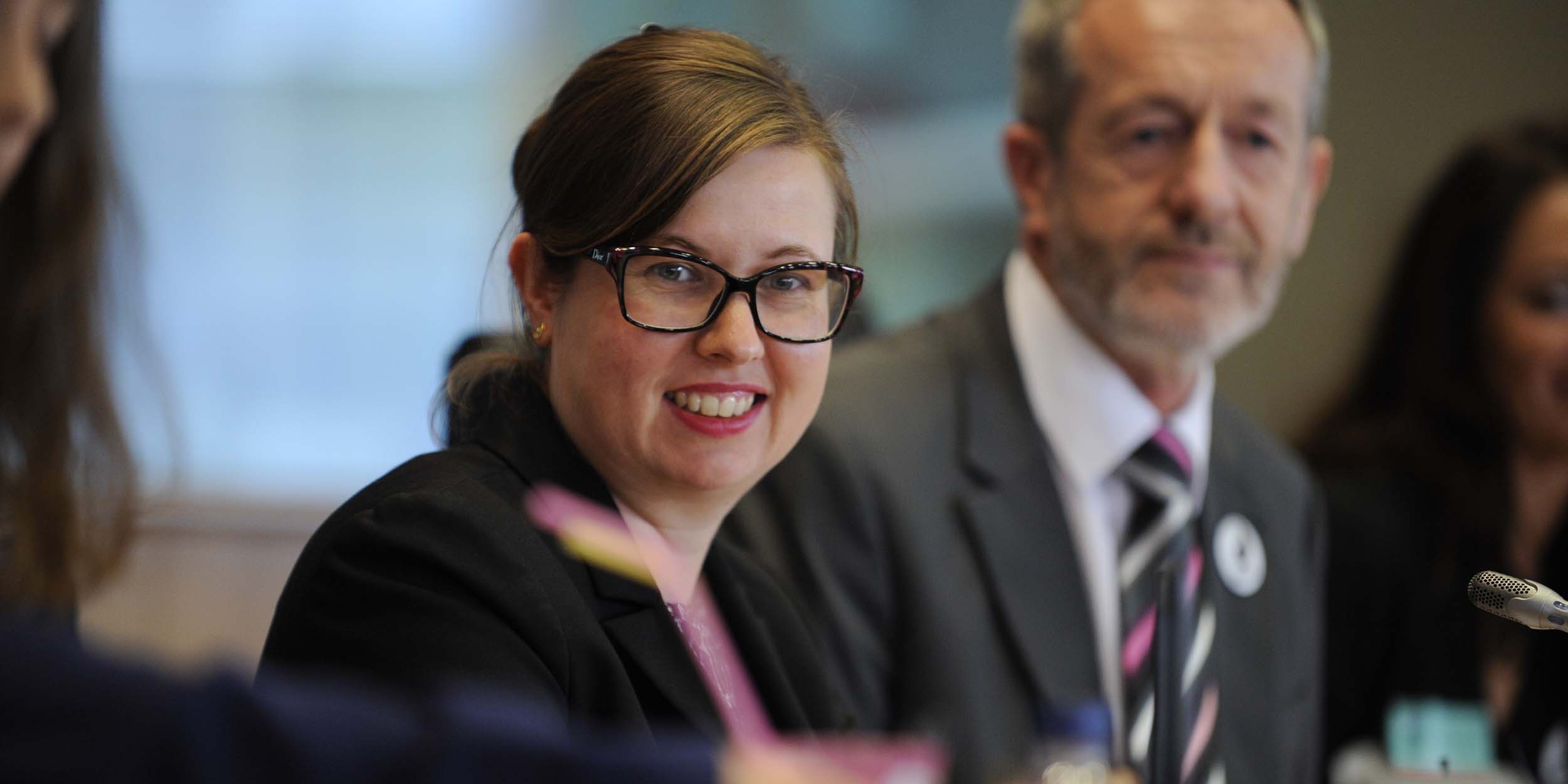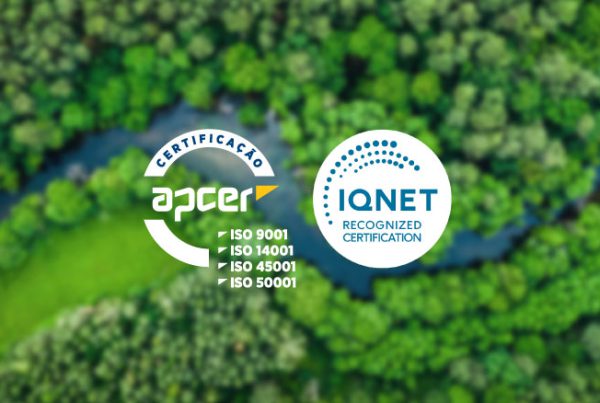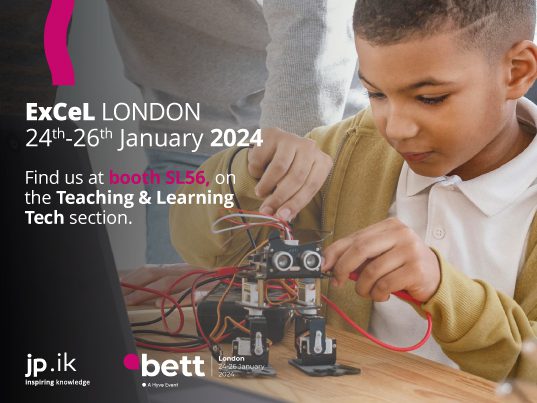
Profile
Since July 2017, Alexa Joyce is the Director – Edu System Leaders Strategy – Global at Microsoft.
Alexa is an active contributor for the digital transformation of education systems worldwide towards new approaches to teaching, learning and administrating. She has worked with more than 60 countries at highest levels of government as they develop their vision, strategy and roll out of digital transformation.
We are living a very special time. Technology is moving at the speed of light, changing diverse contexts of our lives, such as our children’s education, and empowering many transformations in our daily routines. Simultaneously in the last years, many agents, private and public, are engaging and cooperating towards the achievement of the Sustainable Development Goals. Do you think the SGDs can speed up the development of a quality and inclusive education and that technology can have a great role in assisting it?
The SDGs cover such important issues for all of us, as individuals and as stakeholders in society. These types of international commitments are great motivators for governments around the world to assess where they are in meeting these objectives, as well as to build and share around new, effective strategies to achieve them. So – yes –absolutely, the SDGs are a really important tool to improve education quality and equity. The scale of the goals is enormous: there are more than 64 million teachers working across the world today– and according to UNESCO 69 million more are needed. To give teachers the tools, knowledge and teaching strategies they need at this scale means that technology is essential – at the very least to be able to train these huge numbers of teachers in new methods and approaches to education, but also to impact the 1.29 billion students that they teach in classrooms. Traditional methods won’t enable us to reach this scale of change by 2030.
Considering 2030 as a target, can you share with us what you consider the most crucial needs for education? Moreover, how will technology can assist these needs’ mitigation?
If we think about what we mean by equity and quality in education, this means making sure any student – irrespective of their background – has access to schools that give him or her the skills needed to thrive in the future. This means schooling that develops knowledge, competence and attitude to succeed in a changing world. To reach this goal we need schools with adequate infrastructure. Technology obviously has a role to play here – even in rural areas where we need to install the first internet connections and solar power. We are seeing some great work being done for instance with Project Sangam, to help students in India, Africa and the Middle
East get access to digital learning content, tailored to local needs. Differentiating to support learner needs is also crucial, and inclusion is a huge priority for us. With free apps and features like Learning Tools and Seeing AI , we are democratizing access to AI-enabled tools that make it easier for children with reading difficulties or visual impairment to interact and learn in the world. Another key challenge for quality education is understanding the skill level of students – we partner with OECD in piloting the new PISA for Development in Africa, using Windows devices from Positivo to test skills levels of young people. We have also worked with UNESCO to improve access to tools and content to support literacy, and created models with proven impact on reading ability of people involved in those programs in Mexico and Egypt. We are also really active in teacher training, providing training to millions of teachers across the world in pedagogical innovation and technology through our Microsoft Educator Community and our network of local training partners.
Microsoft plays an important role in the field of education by assisting the effective and successful integration of technology in education. In your opinion, how has been this journey?
Microsoft has had the privilege of partnering with education systems around the world, and getting to see first hand how technology and education can develop together. Although you hear a lot of criticism that the education system doesn’t transform fast enough compared to other sectors, we also have to recognize that educators and students themselves are tremendously innovative in many places. And systemic change is slow but sure. I remember when I first started in this sector 20 years ago, using Skype to connect to classrooms across international borders was an unusual and innovative thing to do. Now with programs like our annual Skype-a-thon, over 48 hours students from 102 countries travelled 23 million virtual miles to meet for learning experiences with guest experts, and other schools across the world. So, change is definitely happening, driven not just top-down by government policy, but by the individual enthusiasm, commitment and drive of innovative teachers across the world who are pioneering in their own schools. And this enthusiasm is infectious – our engineering team spends a lot of time with schools and teachers, testing every new feature and service for schools – and always comes back invigorated from time spent with them.
Given your experience, what is the major challenge governments face regarding public investments in ICT infrastructures for education purposes?
When I work with governments around the world, there are two key challenges that they face in this respect. The first hurdle is establishing the case for change so that they can secure funding and resources to invest in supporting education through technology. For developed countries, they need to find the right arguments to secure investment from the top level of government, and provide a strong rationale for the economic impact of support technology in schools. Politics can make this problematic – return on investment in education is not fast, and is likely to land beyond the lifetime of the current government.
So, it needs political bravery to make this kind of commitment. In developing countries, where budget is an issue, the challenge is even bigger. Not only do they need to make this commitment, but they also need to find ways to bring together multi-stakeholder partnerships, bringing aid agencies and development banks with different funding priorities together to support the national policy and strategy. Once the policy and funding is in place, then the actual implementation itself is a whole other level of challenge. Many implementations fail at this stage because they don’t involve all stakeholders or lack strong program management approaches. Microsoft has tried to capture global good practice through the creation of the Education Transformation Framework (http:// aka.ms/etf), which acts as a roadmap to support and reinforce the process of implementing education technology programs at school level, and has worked with governments to design and implement approaches that will lead to impact.
Thinking about how to integrate meaningfully technology in education, can you identify the three main strategies would you recommend to governments to assist them the development of their vision and strategy regarding digital transformation, particularly in education?
Developing the vision and strategy starts with identifying a strong case for change. What is the digital transformation targeting?
Is it to increase student skills, is it to tackle equity, or looking at increasing education quality? Finding this mission and focus is essential, as a way to then build out the strategy and stakeholder engagement approach. Having a clear educational motivation will get stakeholders on board more easily, and enable the definition of strong, relevant Key Performance Indicators that can measure whether transformation is happening. And this clear focus will also make it easier to create the implementations strategy: it will inform on which types of teachers to bring in first, which technology solutions to select, and help to develop a solid program management approach. The Education Transformation Framework really helps on this, as well as a program we offer in Africa called the Project Management Resource Kit. The ETF helps to develop the vision and big picture strategy, while the Project Management Resource Kit looks at the detailed implementation approach.
Finally, data is a hot topic nowadays. How having good, reliable and organized data in the field of education is important for an effective development and establishment of a quality and inclusive education?
Data is absolutely crucial – otherwise we are changing education without knowing why, or if the changes we make are actually helpful or impactful. Having a national student identity strategy, where student data can follow the student over his or her school and university career is tremendously helpful. This data can mean the difference between success and failure particularly when a student is transitioning between different institutions. At school level we are seeing more and more systems adopting information systems and platforms like those provided by PowerSchool or Hoonuit to be able to get real-time, quality information, insights and predictions for their schools and school systems. Fresno School District is analysing data from student learning activities onOffice365 to drive system-wide transformation . The US is really leading the way in using data. But equally we are seeing incredible innovation in the use of data in Australia. The Catholic Education Western Australia’s Leading Lights program is using data generated by learning apps and collaboration tools like Microsoft Teams to understand how collaboration and teacher quality improvement go hand in hand. This area has a huge amount of potential – and the successful examples are driven by careful planning, as well as strong ethical guidelines to ensure students data is protected. Data is becoming more and more crucial, but we also have to be cautious it is used in the right way.



